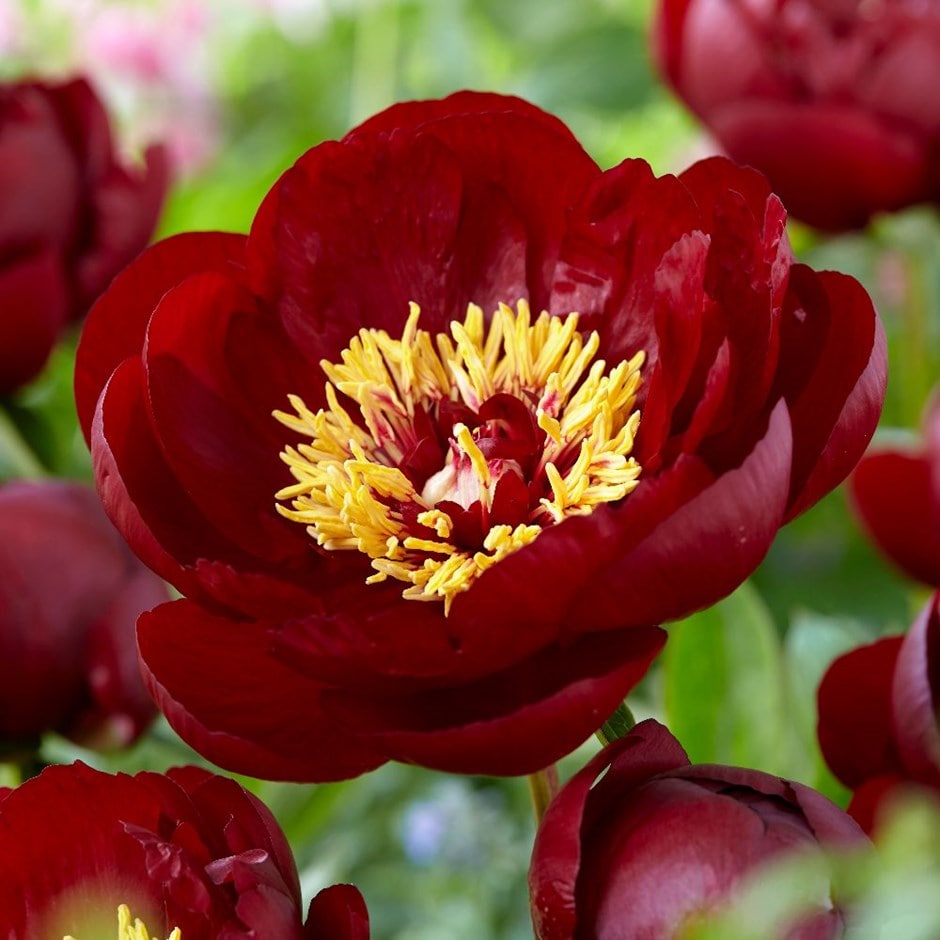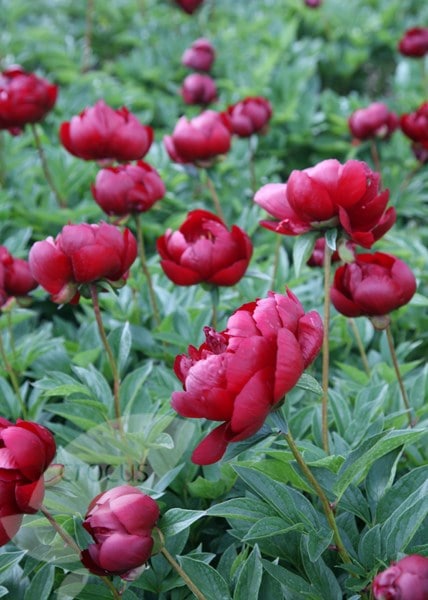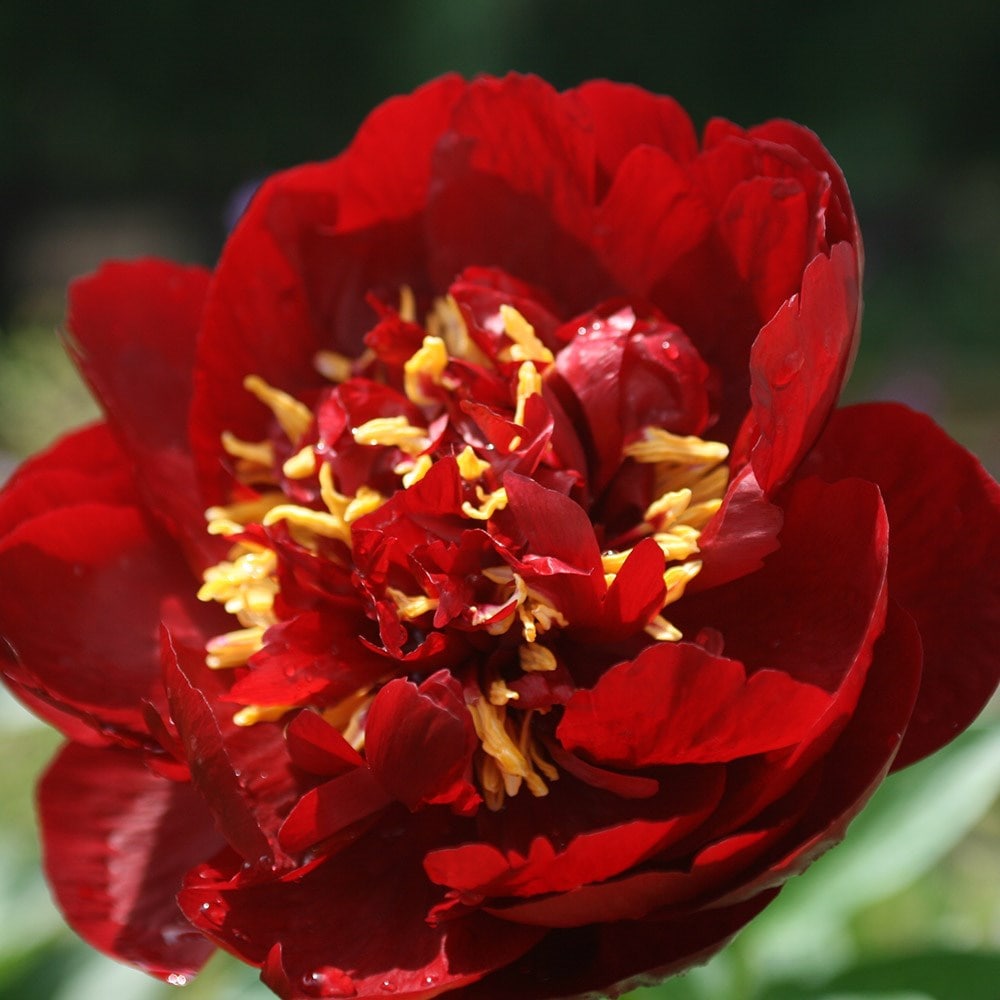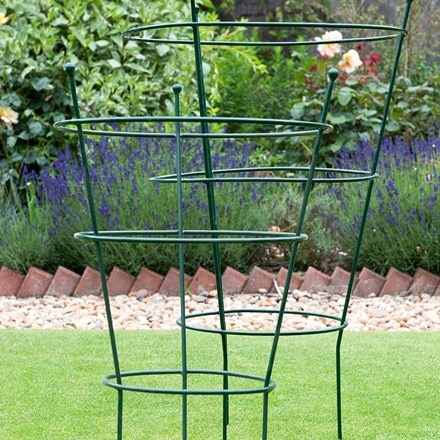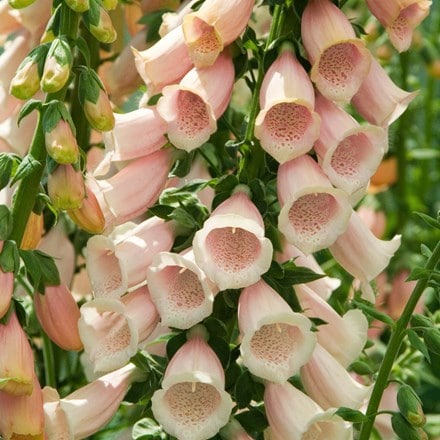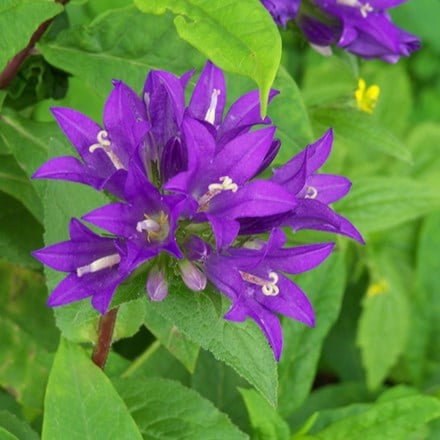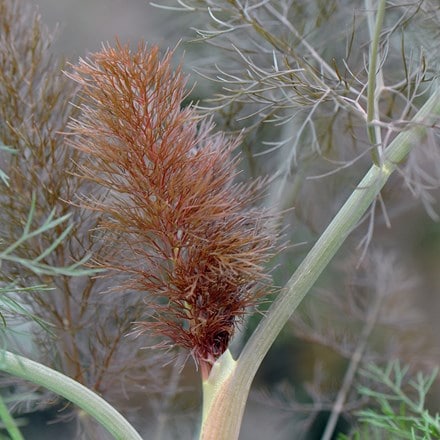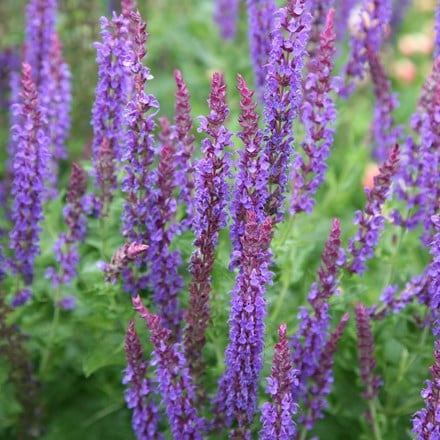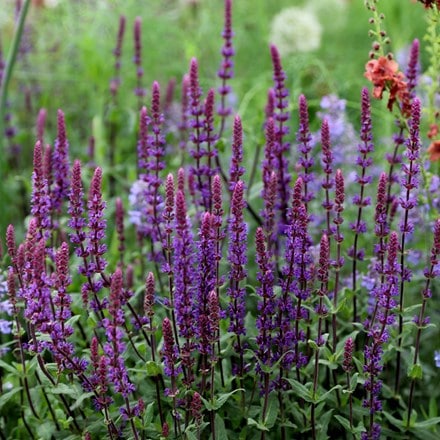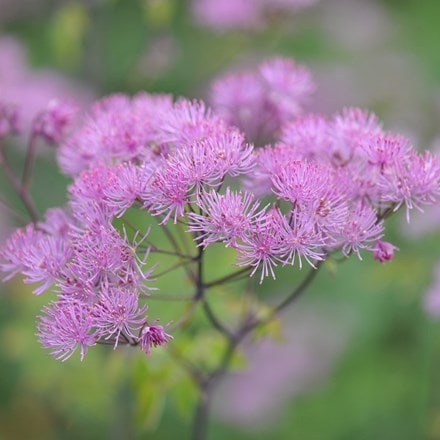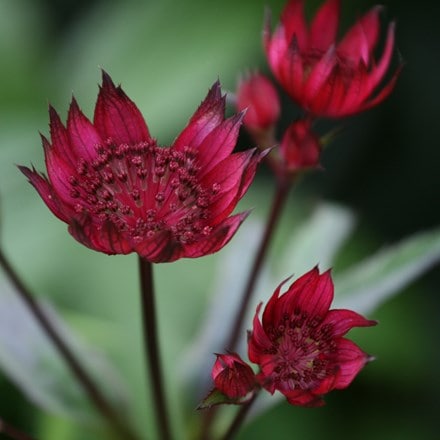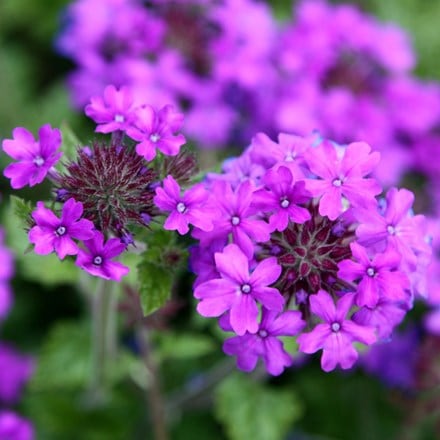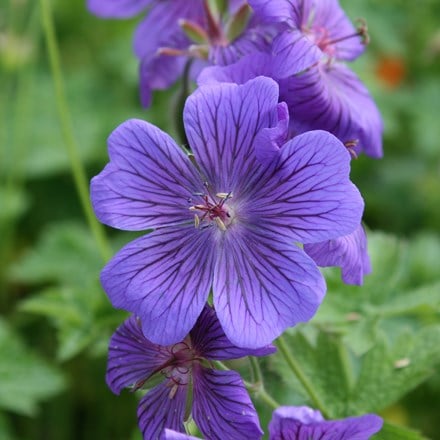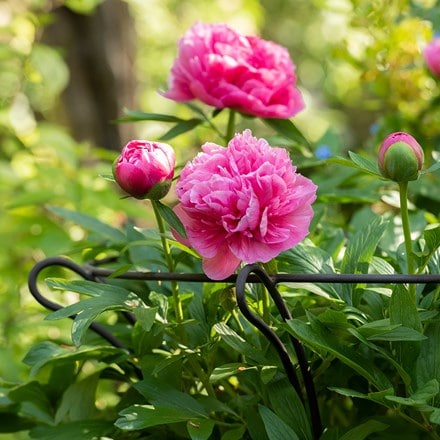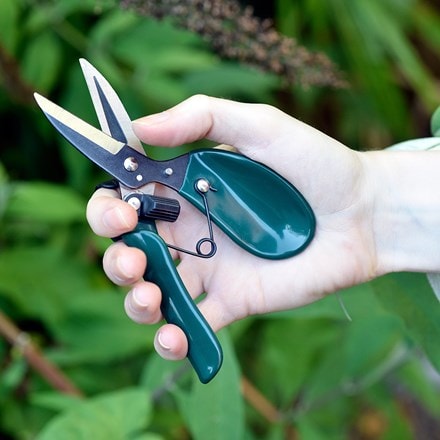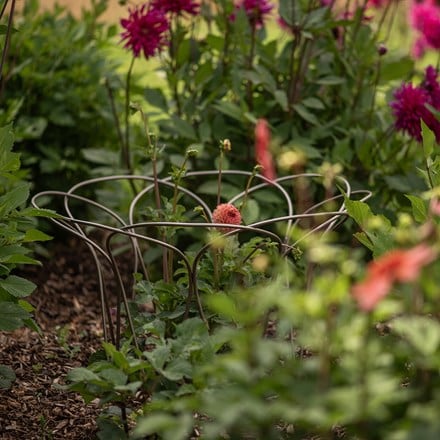Paeonia 'Buckeye Belle'
paeony or peony
Prized for their big, glamorous blooms and glossy, deeply cut foliage, it's easy to see why peonies are held in such...
GOES WELL WITH
Town
Create an ‘outside room’ that overcomes the three challenges of shade, exposure and lack of space using uplifting, shade-tolerant shrubs, perennials and bulbs. A sense of seclusion can be achieved with decorative screens and trellis covered in deciduous,
Read full articlePeonies - magical plants in every sense
June captures the glorious moment when spring slides into summer, and it should be a sensational month of lengthy sun-kissed days - if the weather behaves. Lots of herbaceous plants are only in leaf with the promise of flower to come, but the herbaceous p
Read full article


